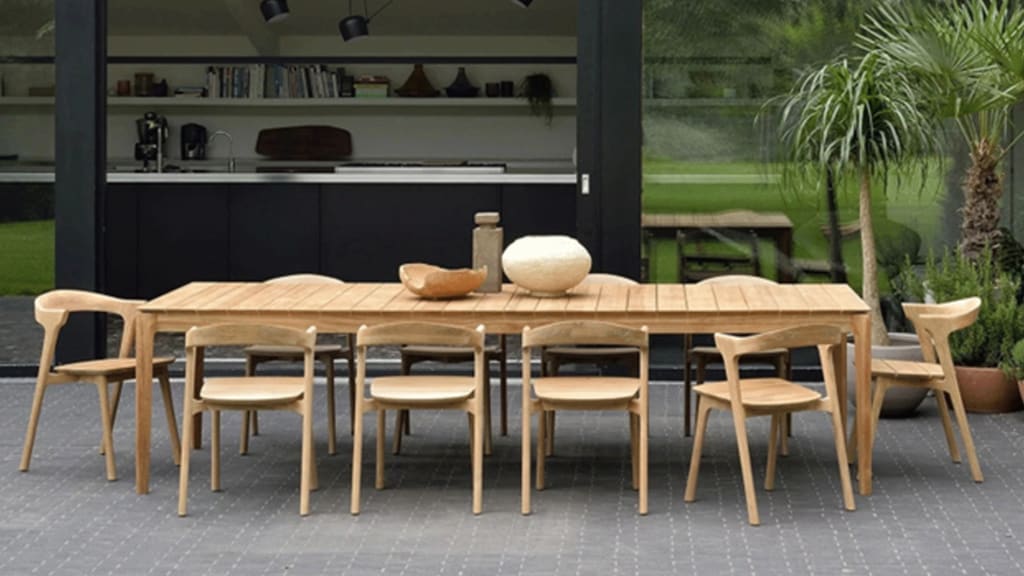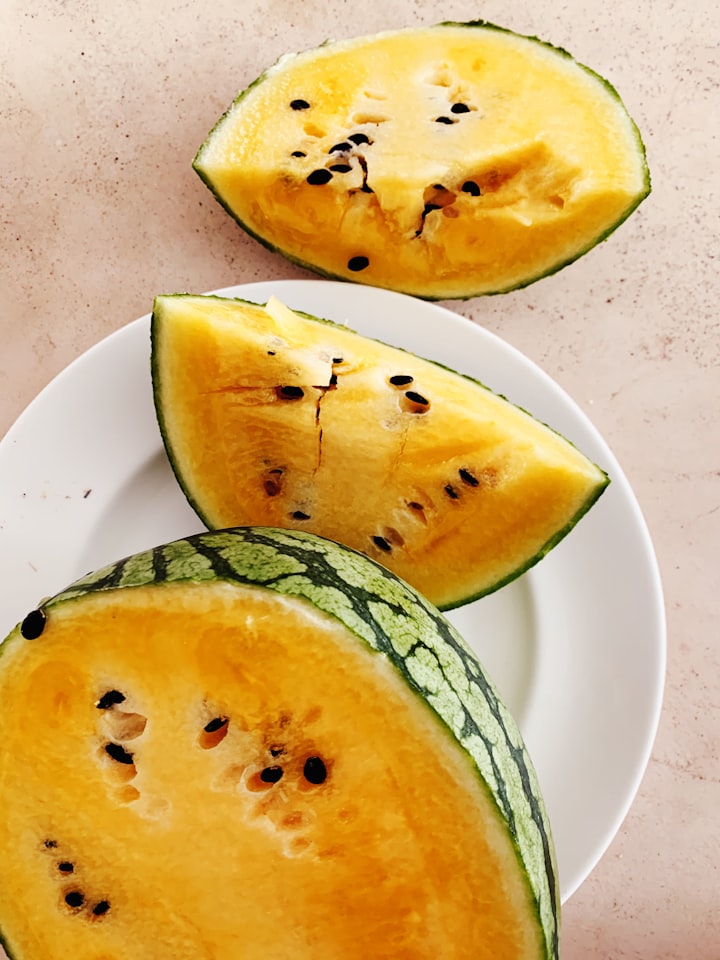Top 19 Cheapest Wood for Outdoor Furniture
Cheapest Wood for Outdoor Furniture

When it comes to choosing wood for outdoor furniture, there are a few materials that you may want to consider. Cedar, Ipe, Shorea, and Acacia are just a few of the most common choices. Each of these materials is incredibly durable and low-maintenance, which makes them great choices for outdoor furniture.
Acacia
Acacia is a lightweight wood that is great for balconies, patios, and outdoor furniture. It's naturally resistant to the elements and can be left outdoors without requiring any maintenance. It will eventually turn grey, but it will hold up well over time. However, there are a few considerations to keep in mind when buying acacia wood.
Acacia wood will fade over time in direct sunlight, so you should use varnish to protect the finish. Also, avoid using any type of perfume or alcohol as these will strip moisture out of the wood. It can also dry out if placed too near a heat source. The wood can crack or warp if exposed to excessive heat, so keep that in mind when buying your furniture. If you are looking for the best quality wooden furniture now check out the Betta Home Living Discount Code.
Acacia wood furniture is in fashion. Many people find it to have a high-end look that is similar to teak or ipe but is more affordable. It can be crafted into beautiful pieces of furniture, and you can easily customize it according to your tastes and needs. Acacia wood is also very easy to maintain and is suitable for people who don't want to spend a lot of money on outdoor furniture.
Acacia wood is one of the 19 cheapest kinds of wood available for outdoor furniture. It has a unique grain structure that makes it extremely sturdy, and its durability means that it's great for decks, patios, and outdoor furniture. And a bonus - it's very affordable!
Cedar
Cedar wood is lightweight and inexpensive and can be used to make outdoor furniture and accessories. Cedar can be stained or finished to make it durable and prevent it from absorbing moisture from the environment. If you plan to use cedar wood outdoors, it is important to use the proper care and maintenance techniques to maximize its life expectancy.
One of the main benefits of cedar is that it is easy to find and relatively inexpensive. It has a smooth finish and a high oil content, which makes it rot-resistant. It does require annual staining to maintain its reddish-brown tone, though.
After staining, you can also choose to paint cedar outdoor furniture. However, painting cedar furniture is less common than staining because it can peel and chip and alter the appearance of the wood. Additionally, you must make sure that the wood is fully dry before you apply another coat of paint or stain.
Cedar is an excellent wood for outdoor furniture and accessories due to its durability, low cost, and aromatic qualities. It also is resistant to insects and weather. In addition, cedar has a beautiful rustic finish, which adds ambiance to evenings.
Ipe
Ipe is the cheapest wood for outdoor furniture, but it can be difficult to find. This tropical hardwood has a high density and can be a challenge to work with. However, once treated with oil, it can last up to 50 years before you need to replace it. Moreover, the wood does not retain heat, making it comfortable to sit on even in the hot sun. If you want to avoid paying top dollar for wood-made outdoor furniture, you can look for reclaimed pieces instead and it’s available for the Home & Garden Coupon Code. You can Reclaim teak and lignum vitae are good alternatives, but they are less dense and harder than Ipe.
Ipe is a tropical hardwood sourced from the Tabebuia tree, commonly known as the trumpet tree in South Florida. This wood weathers beautifully to a silver gray color and many types are certified by the Forest Stewardship Council (FSC). Because tropical hardwoods are prone to commercial exploitation, it's important to check the certification of ipe wood. Certified FSC lumber will feature the FSC logo.
Ipe is two to three times harder than white oak. If you want wood with an incredibly dense core, ipe is the best choice for outdoor furniture. It weighs about 69 to 80 lbs. per square foot and is as stiff as brass. Ipe is also extremely expensive. A one-inch-thick board of ipe will set you back $6 per board foot.
Shorea
Shorea wood has a high hardness-to-weight ratio, making it one of the most durable woods on the planet. Its Janka rating is between 1300 and 1700 PSI, making it a great choice for outdoor furniture and other items subject to high wear and tear. It is also known for its beautiful grain pattern and natural reddish color and streaks.
Although Shorea is a relatively inexpensive wood, it is not as durable as teak. The tree grows to 300 feet tall and is mostly found in rainforests in Southeast Asia. It is also found in Nepal, India, and Bangladesh, where it is cultivated for decking.
Shorea, also known as Balau, is an alternative to teak wood. It has similar hardness and density and is less expensive to buy. This makes it a great choice for outdoor furniture, as it can be found for a fraction of the price. However, the wood does need regular oiling and painting to retain its durability and appearance.
Teakwood is one of the most popular woods for outdoor furniture. However, due to its high demand, some sellers advertise their products as "Teak-like wood" or "Teak-compatible." These products are usually made of Eucalyptus or Shorea, which are both tropical hardwoods native to lowland rainforests.
Black locust
Black locust is one of the 19 most affordable kinds of wood for outdoor furniture, and one of the easiest to grow. In its native range, it grows rapidly and can reach up to ten meters in just five years. It is best suited for places with rich soil and a warm climate.
It is also very durable, being resistant to rot for more than a century. In addition, the black locust is also an environmentally friendly tree. It's not a noxious species, making it a good choice for outdoor furniture.
Black locust is a beautiful wood with an amber-gold patina. It's also hard to work, proving to be a challenge for woodworkers. It is dense, about twice as dense as most furniture applications, and can be tough on blades.
In Europe, black locust is one of the 19 quickest growing and cheapest woods for outdoor furniture. It also produces a high amount of seeds, weighing up to 20 grams per thousand. Seeds are long-lived and are mostly dispersed within the vicinity of the parent tree. This makes the black locust an excellent choice for sustainable forestry initiatives, as it can be harvested without damaging the deep roots of the tree.
Black locust grows naturally in a variety of soils in the United States but is particularly suited for high-quality landscapes. This hardy hardwood grows best on moist slopes of the eastern mountains, particularly in the Appalachians. Its habitat range is from 1040 meters a.s.l.
Cypress
Cypress is a cheap wood for outdoor furniture and is an excellent choice if you're on a budget. Cypress is a soft wood that grows in temperate regions. It is found throughout the world, with half of the world's harvest coming from the South and one-fourth coming from the South Atlantic states. It has a greasy feel when the surface is raw and is considered a moderately durable wood.
The best way to protect cypress from fading is to apply a thin coat of oil-based, mildew-resistant stain. You can also use a clear protective sealer to prevent the wood from fading in prolonged sunlight. A penetrating oil finish suits indoor cypress furniture well, but it needs a UV protectant before being used outdoors.
Cypress is a softwood that comes from a conifer, a species that produces seed-bearing cones. It is not a deciduous tree, so it's easy to work with. Because of its low density, cypress is relatively lightweight and rot-resistant. However, old-growth cypress is becoming increasingly difficult to find.
Conclusion
If you're trying to save money on outdoor furniture, cypress may be your best choice. It is cheap and easy to work with and has a beautiful natural look. It's great for decks and planter boxes.





Comments (1)
well written